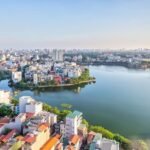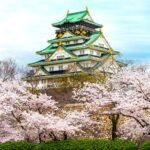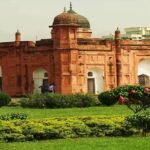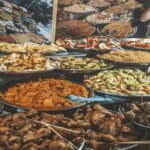

Travel to South Korea : Ultimate guide
Travel to South Korea : Ultimate guide
Travel to South Korea : Ultimate guide, offers an enchanting blend of age-old traditions and contemporary innovations. This dynamic country, with its sprawling urban landscapes, rich historical heritage, and vibrant cultural scenes, invites travelers to immerse themselves in a world where ancient palaces coexist with futuristic cityscapes. From the bustling streets of Seoul to the tranquil countryside, South Korea presents a diverse tapestry of experiences. Whether you’re drawn to the tantalizing flavors of Korean cuisine, the serene beauty of its natural landscapes, or the electric energy of its urban centers, South Korea promises a journey filled with discovery and wonder at every turn.
exploring seoul’s dynamic urban landscape
Travel to Seoul, the vibrant capital of South Korea, is a city where ancient history and modernity converge. The majestic Gyeongbokgung Palace, standing since the Joseon Dynasty, offers a glimpse into the nation’s royal past, while the nearby Bukchon Hanok Village features traditional Korean houses (hanoks) amidst the urban sprawl. In contrast, the N Seoul Tower and the futuristic Dongdaemun Design Plaza epitomize Seoul’s modern architectural achievements.
The city’s lively districts, such as Myeongdong and Hongdae, pulsate with energy, offering endless shopping, entertainment, and dining options. This dynamic urban landscape, blending historical significance with contemporary culture, makes Seoul a fascinating destination for any traveler exploring South Korea.
cultural riches of south korea
South Korea’s cultural heritage is a rich tapestry that weaves together centuries-old traditions with contemporary practices. The country’s deep-rooted history is evident in its preservation of Hanbok, the traditional Korean attire, and Hanok, the classic Korean houses, which can be seen in villages like Jeonju Hanok Village. South Korean culture also thrives in its art forms, notably in traditional Korean music (Pansori) and dance, and in unique cultural experiences like the Korean tea ceremony.
Annual festivals, such as the Jeonju International Film Festival and the Boryeong Mud Festival, reflect the blend of old and new in South Korean culture. These cultural riches offer visitors a deeper understanding and appreciation of the country’s identity and legacy.
south korea’s culinary delights
South Korea’s culinary scene is a delightful exploration of flavors and traditions. The country’s cuisine, known for its diversity and richness, ranges from street food to elaborate dishes. A must-try is Korean BBQ, a popular meal involving grilling meat at the table, often accompanied by a variety of side dishes including kimchi, a staple in Korean cuisine.
Street food markets like those in Myeongdong offer a taste of local favorites such as Tteokbokki (spicy rice cakes) and Hotteok (sweet pancakes). Additionally, South Korea’s dining culture often involves communal eating, reflecting the importance of food in social life. This culinary journey through South Korea is not only a treat for the taste buds but also an insight into the country’s culture and traditions.
A signature dish from Seoul is Bibimbap. Bibimbap is a popular and iconic Korean dish known for its vibrant colors, diverse textures, and harmonious flavors.
natural wonders and outdoor adventures
South Korea’s natural beauty offers a stark contrast to its urban landscapes, boasting a wealth of outdoor adventures and scenic wonders. The country is home to stunning national parks like Seoraksan National Park, known for its breathtaking peaks, clear streams, and rich wildlife, making it a popular spot for hikers and nature enthusiasts.
Jeju Island, a UNESCO World Heritage Site, is another natural jewel with its volcanic landscapes, including the majestic Hallasan Mountain and the unique lava tubes. South Korea’s numerous coastal and river areas also provide opportunities for water sports and leisure activities. This blend of natural beauty and outdoor adventure options makes South Korea an ideal destination for travelers seeking both tranquility and excitement.
5 must to do in Seoul :
Seoul, the vibrant capital of South Korea, offers a mix of historical landmarks, modern attractions, and cultural experiences. Here are five must-do activities when visiting Seoul:
- Visit Gyeongbokgung Palace:
- Gyeongbokgung is the largest and most iconic of Seoul’s Five Grand Palaces. Explore its grand architecture, expansive courtyards, and the beautiful changing of the guard ceremony. Don’t miss the National Palace Museum of Korea and the National Folk Museum located within the palace grounds.
- Explore Bukchon Hanok Village:
- Bukchon Hanok Village is a traditional Korean neighborhood featuring well-preserved hanok (traditional Korean houses). Stroll through the narrow lanes, admire the architecture, and experience a glimpse of traditional Korean culture amidst the modern cityscape. Some hanoks also operate as cultural centers and galleries.
- Shop and Dine in Myeongdong:
- Myeongdong is a bustling shopping district known for its street food, trendy boutiques, and cosmetics stores. Explore the vibrant streets, try popular street food like tteokbokki (spicy rice cakes) and hotteok (sweet pancakes), and shop for Korean beauty products and fashion.
- Visit N Seoul Tower:
- Located on Namsan Mountain, N Seoul Tower offers panoramic views of the city from its observation decks. Take the cable car or hike up to the tower, and enjoy the various dining options and the famous « Locks of Love » fence where visitors attach padlocks to symbolize their love.
- Experience Dongdaemun Design Plaza (DDP):
- Dongdaemun Design Plaza is a modern architectural marvel designed by Zaha Hadid. The complex hosts design exhibitions, cultural events, and has a bustling night market. The unique, futuristic design of the building itself is worth exploring, and the nearby Dongdaemun Night Market offers a variety of shopping and dining options.
These activities provide a diverse taste of Seoul’s historical heritage, cultural richness, and modern vibrancy, making for an enriching and memorable visit.
practical travel tips for south korea
When planning your travel to South Korea, several practical tips can ensure a smoother experience. The transportation system, including subways and buses, is efficient and extensive, especially in cities like Seoul. An integrated T-money card, which can be topped up, is useful for public transport. English signage is common, but carrying a translation app can help with language barriers. South Korea experiences four distinct seasons, so packing should be season-appropriate. Additionally, Wi-Fi is widely available, facilitating digital connectivity. Lastly, while South Korea is known for its safety, usual precautions for personal safety and belongings are advised.
Travel to South Korea : Ultimate guide summary
Travel to South Korea : Ultimate guide, offers a mesmerizing blend of ancient traditions, modern technology, and natural beauty. From the historic palaces of Seoul to the tranquil mountains and vibrant culinary scene, this journey through South Korea provides a unique window into both the past and future of this dynamic country. Whether seeking cultural enrichment, culinary adventures, or natural escapades, South Korea offers a diverse range of experiences that cater to all kinds of travelers, leaving them with lasting memories and a deeper understanding of this richly layered nation.
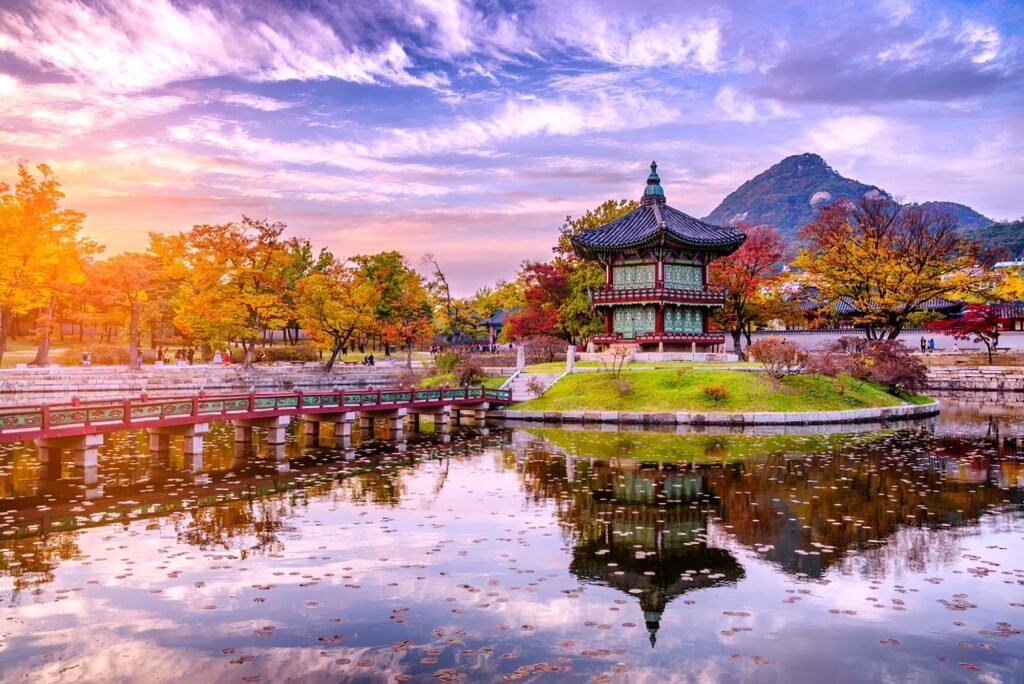
Find your hotel below
Popular
- Thailand
- Vietnam
- Dubai
- Bali
- Autour du globe
- Terms-conditions
- Contacts
- Privacy-policy
- About US
About us
Are you ready to trade the everyday for extraordinary experiences? This travel blog is your one-stop shop for crafting the perfect summer escape.
Contact us : info@coyotrip.com



